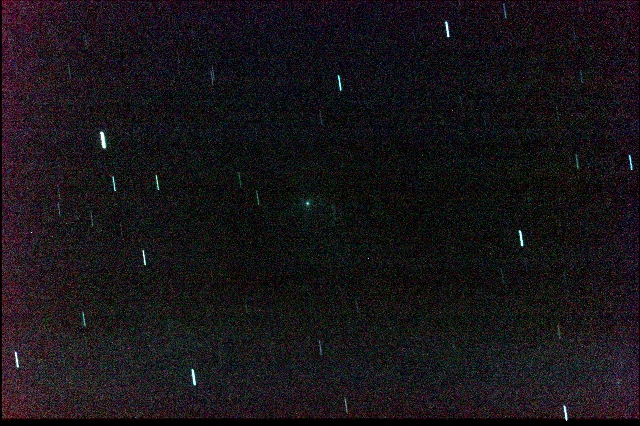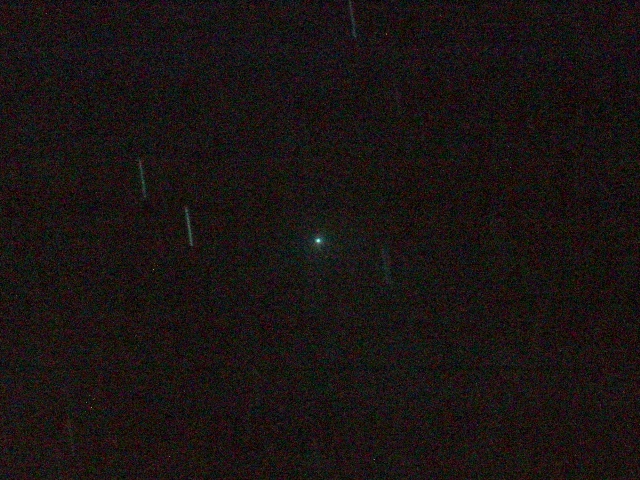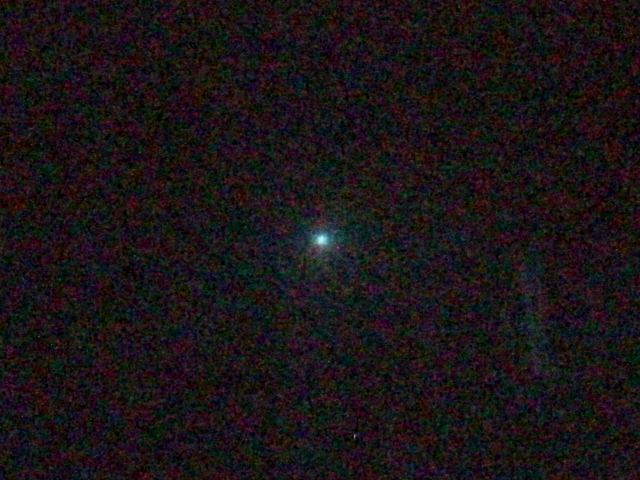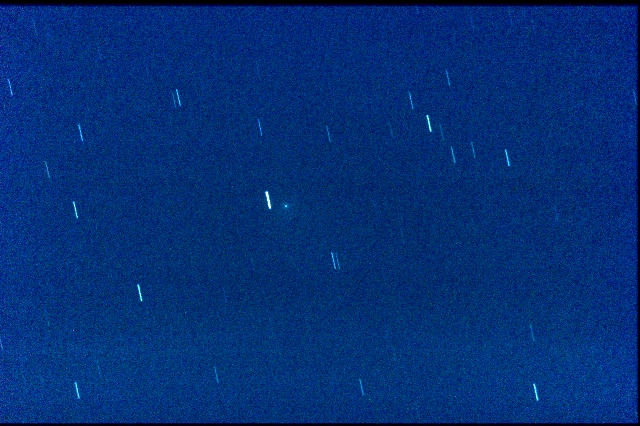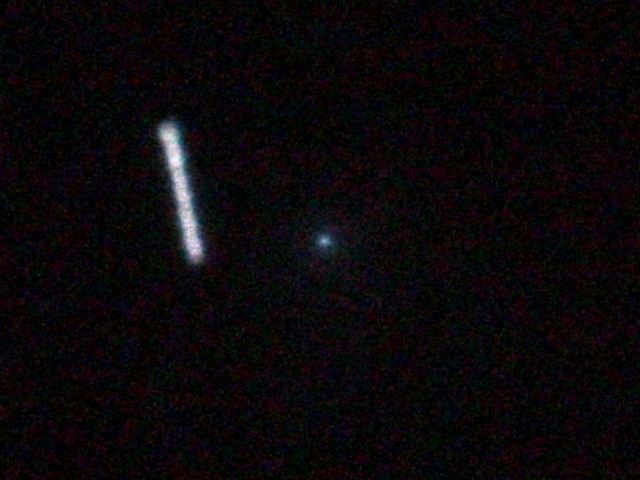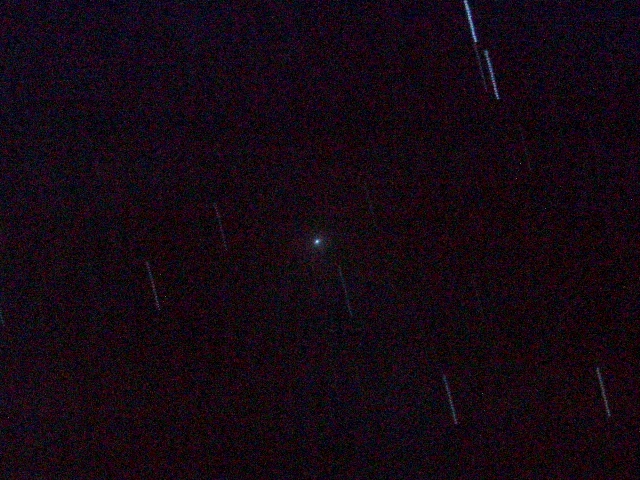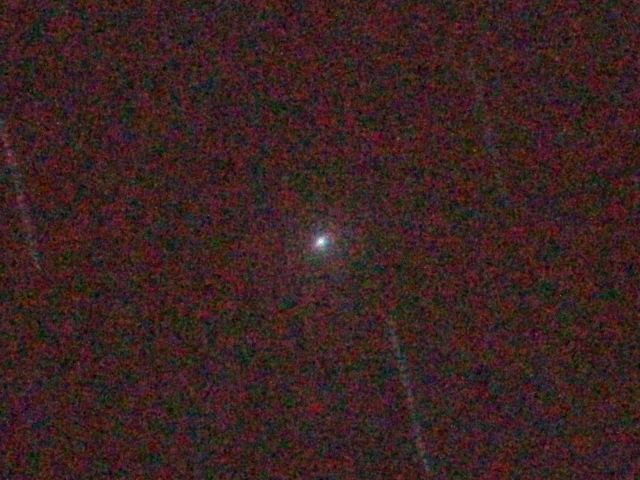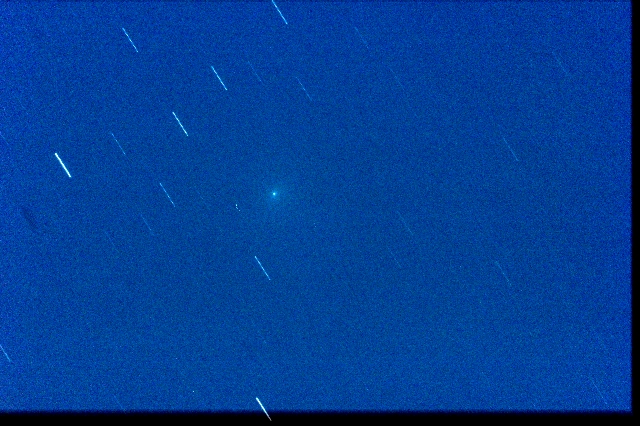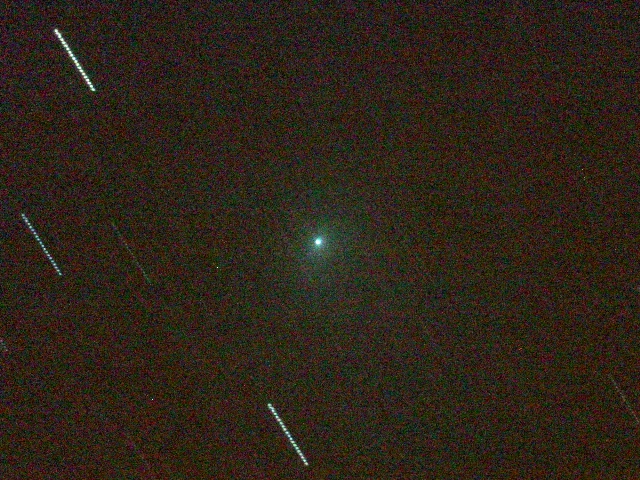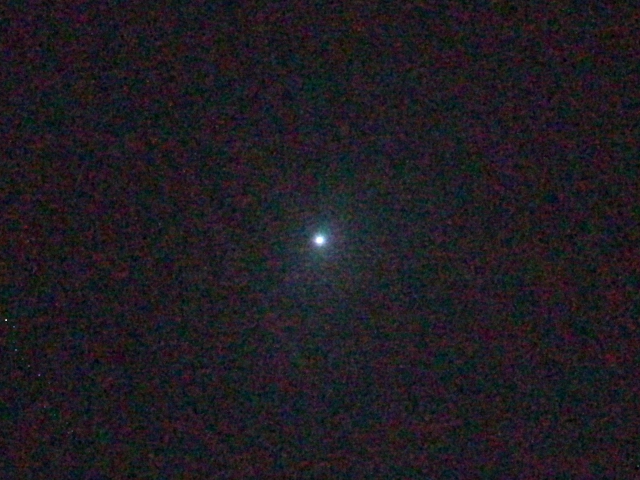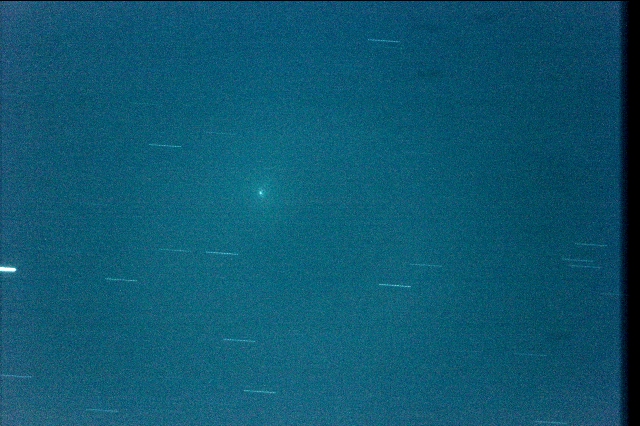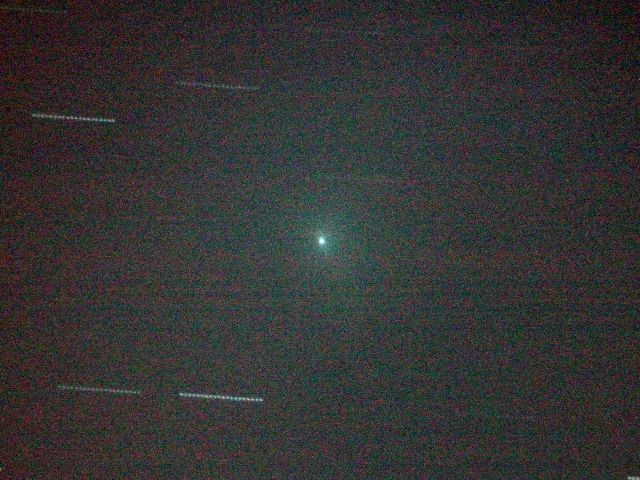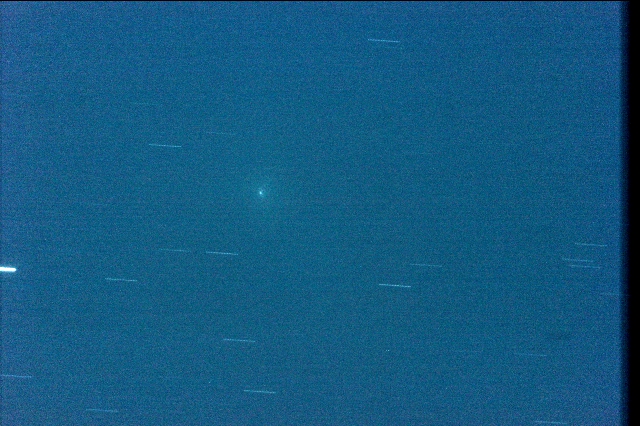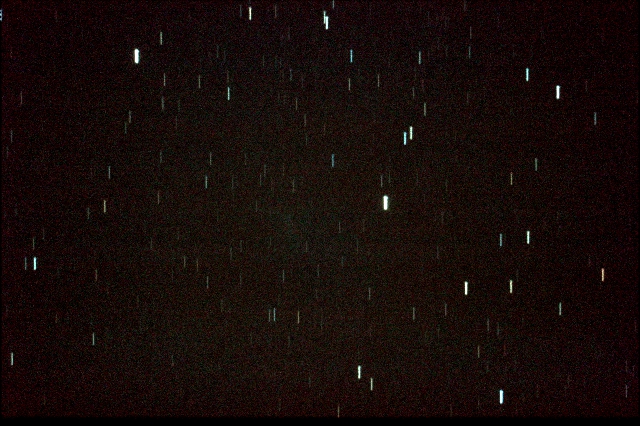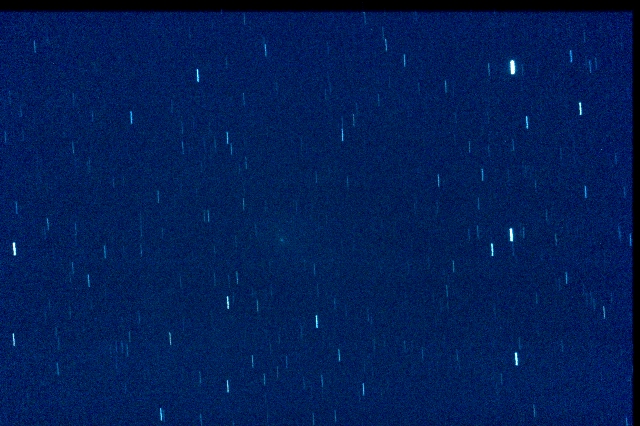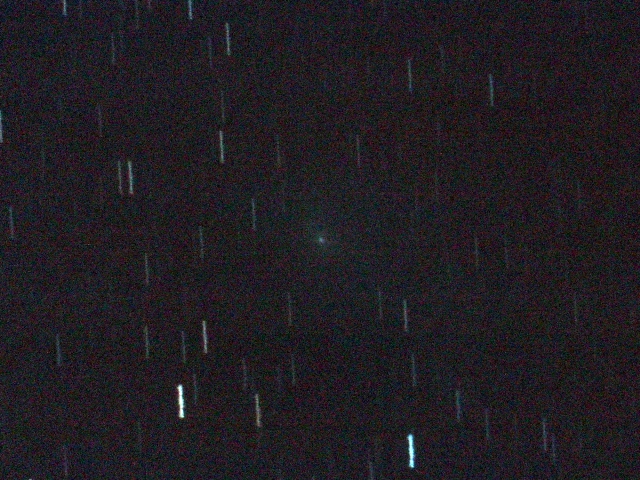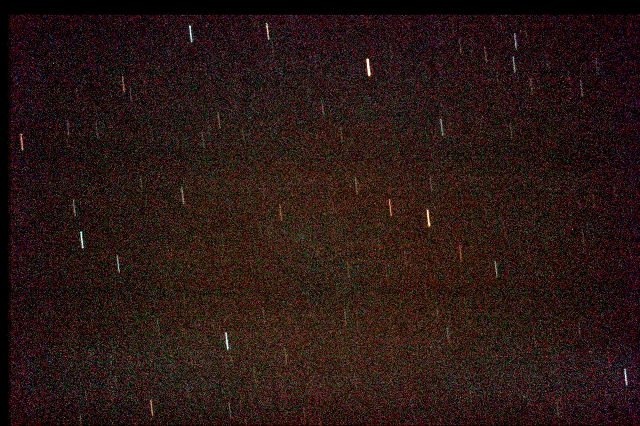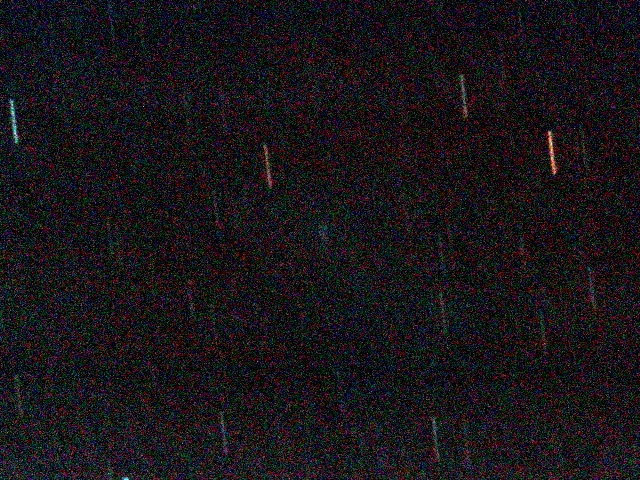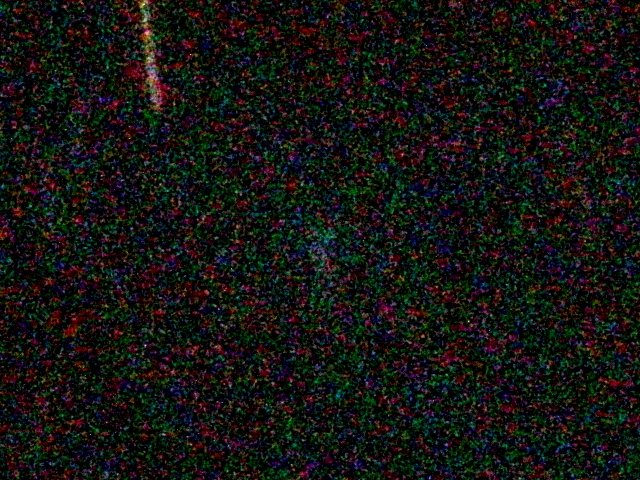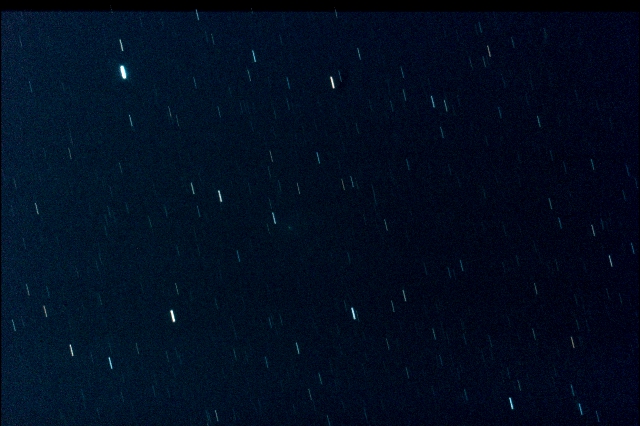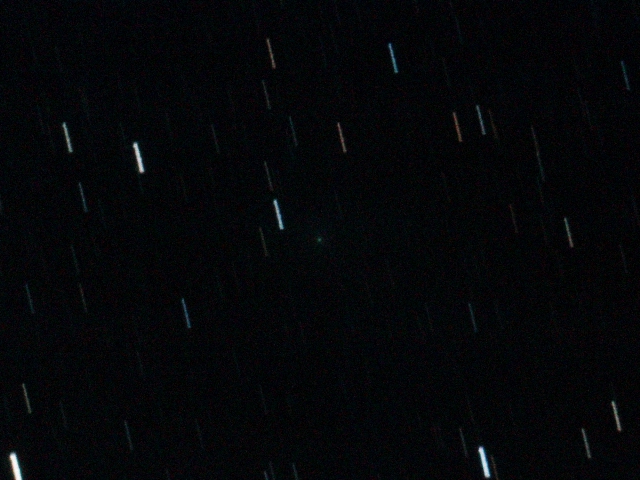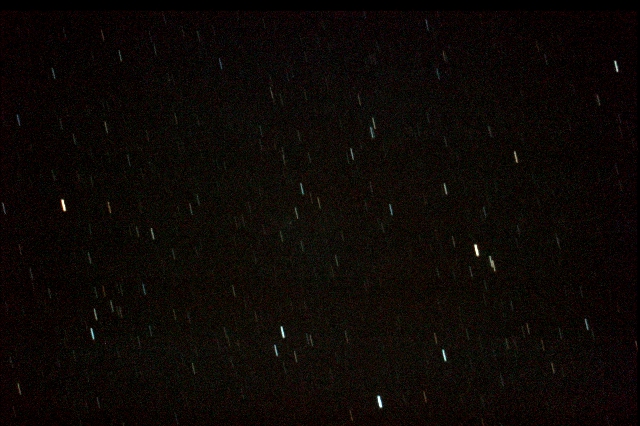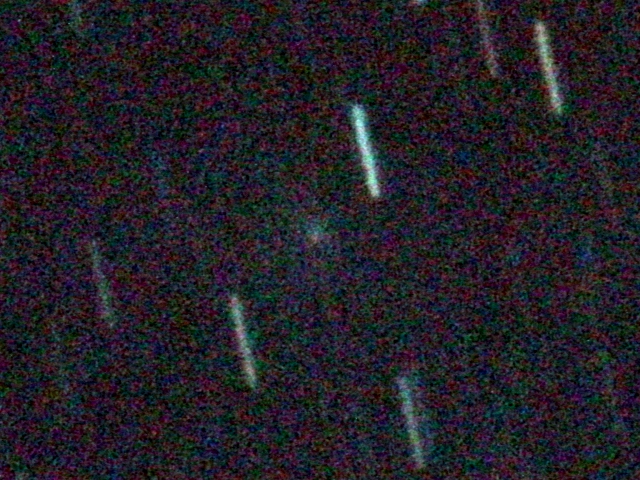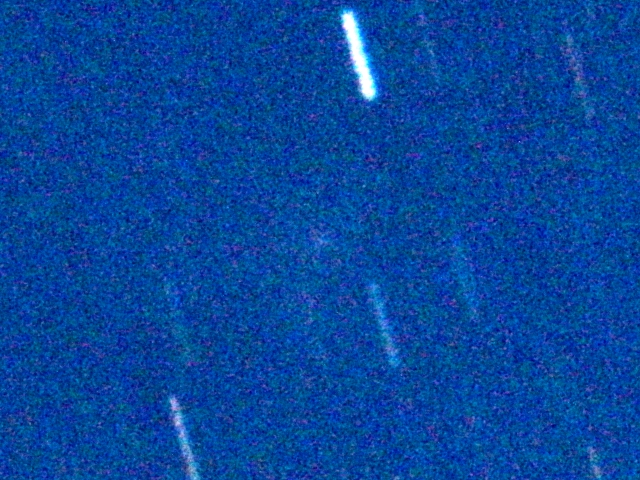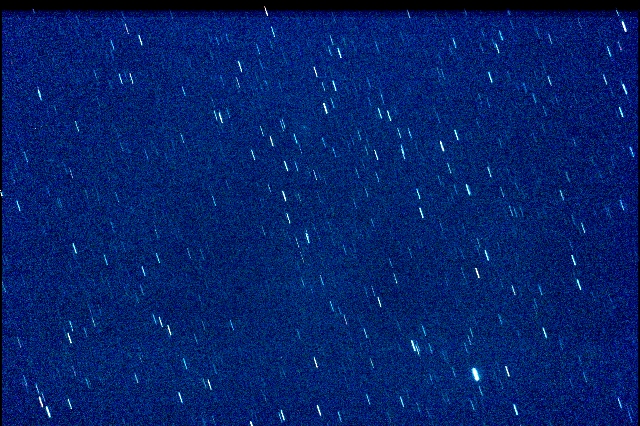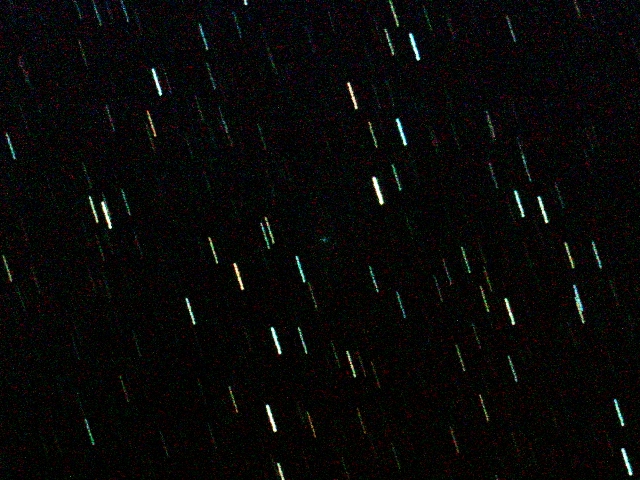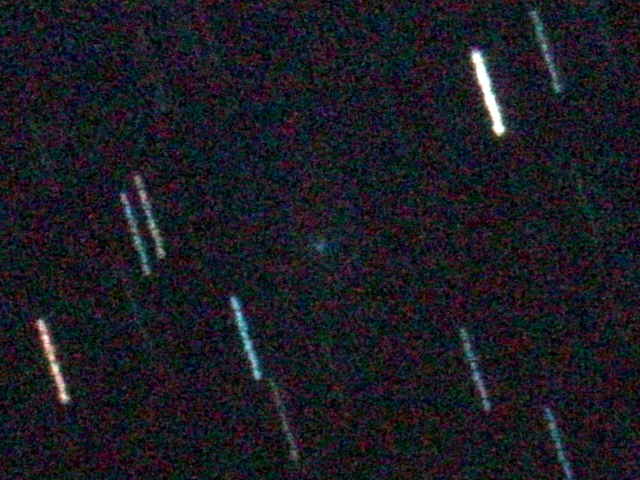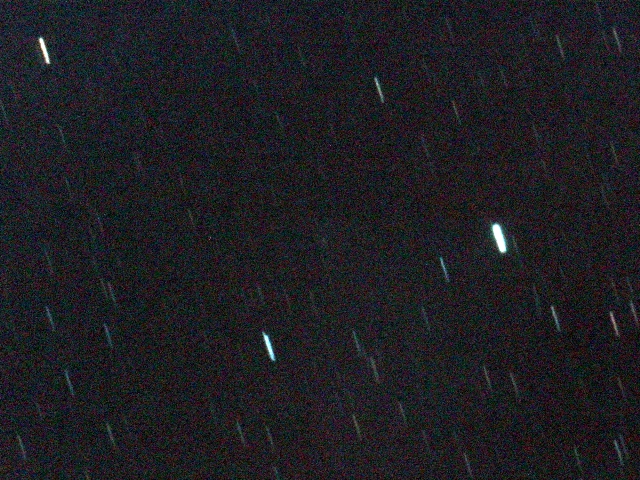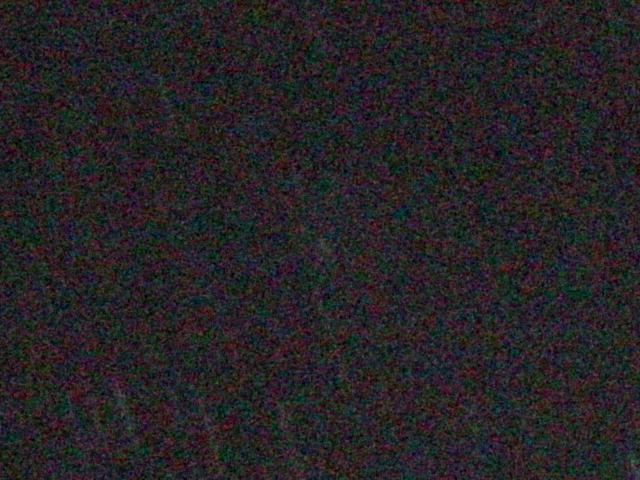|
天体名 | 41P/Tuttle-Giacobini-Kresak (2017) |
|
Discovery
Horace Parnell Tuttle (Harvard College Observatory, Cambridge, Massachusetts) discovered this comet on 1858 May 3.1 (UT), as he was sweeping for comets. He described it as "very faint." The comet was then in Leo Minor and was later found to have been only 0.36 AU from Earth at the time and only one day from perihelion. These two conditions made this the perfect apparition for the discovery of this comet, but they also meant this faint comet would fade rapidly as it moved away from both the sun and Earth. It was last seen on June 2. Although astronomers realized this was a periodic comet, the short duration of visibility did not allow the orbital period to be determined with much precision. Subsequently, various computations indicated a period somewhere within the range of 5.8 to 7.5 years.
Michel Giacobini (Nice Observatory, France) discovered this comet during a routine search for comets with a 40-cm telescope on 1907 June 1. He described the comet as faint and ill-defined, with a diameter of 1.5 to 2 arc minutes. The comet was last detected on June 14, when Rambaud (Algiers Observatory, Algeria, North Africa) observed with a 31.8-cm equatorial. He described it as extremely faint, with a condensation. The short period of observation only allowed the computation of parabolic orbits. No one immediately noticed a similarity between this orbit and the orbit of Tuttle's 1858 comet; however, by 1928 A. C. D. Crommelin was devoting his attention to these two comets and was able to mathematically link the 1858 and 1907 apparitions. He provided predictions for a return in 1928 and 1934, but the comet was not found and was considered lost.
Lubos Kresak (Skalnate Pleso Observatory) discovered this comet on 1951 April 24. He estimated the magnitude as 10, and described the comet as diffuse. By the first week of May enough positions had been acquired for the computation of an orbit and it was almost immediately realized that this comet was a return of those seen in 1858 and 1907. The comet basically held its maximum brightness for about a month before it began to fade. On this occasion, however, larger telescopes were in use and the comet was followed until August 9. This allowed a much more precise determination of its orbit and astronomers have been able to accurately predict its later returns.
| 確定符号 | 1858III=1907III=1951IV=1962V=1973VI=1978XXV=1990II |
| 仮符号 | 1907c=1951f=1962b=1973b=1978r=1989b1 |
| 軌道の種類 | 短周期彗星、木星族 |
| 発見日 | 1858 May 3, 1907 June 1, 1951 April 24 |
| 発見者 | Lubos Kresak (Skalnate Pleso Observatory) |
| 軌道要素と性質 | |
| 元期 | 2017年2月16日 (JD 2457800.5) |
| 軌道長半径 (a) | 3.083813412556593 AU |
| 近日点距離 (q) | 1.045059014233582 AU |
| 遠日点距離 (Q) | 5.122567810879605 AU |
| 離心率 (e) | 0.6611147062340617 |
| 公転周期 (P) | 5.42 年 |
| 軌道傾斜角 (i) | 9.229278166983901 度 |
| 近日点引数 (ω) | 62.14626981062538 度 |
| 昇交点黄経 (Ω) | 141.0751349947704 度 |
| 平均近点角 (M) | 349.8535614649919 度 |
| 衛星の数 | 0 |
| 物理的性質 | |
| 直径 | 1.4 km |
| 自転周期 | -.--- 時間 |
| スペクトル分類 | |
| 絶対等級 (H) | 13.5 |






